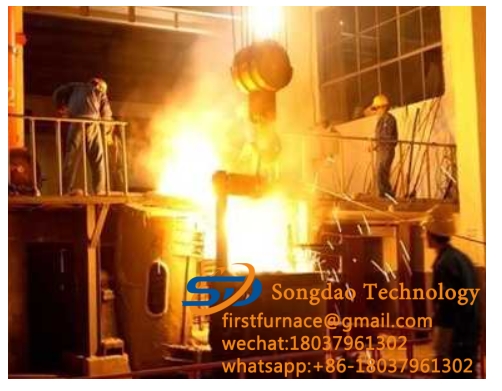- 07
- Feb
Installation and debugging of induction melting furnace body
Installation and debugging of induction melting furnace body
Տեղադրում ինդուկցիայի հալեցման վառարան
The installation procedures of the induction melting furnace are specified on the drawings. The first is to install the furnace frame on the flat foundation, and then install the furnace oil cylinder and furnace body. If there is a weighing device, it should be installed in the specified position according to the requirements of the drawing. The furnace bracket (for the crucible induction furnace includes a fixed bracket and a movable bracket) and the furnace body part, during the processing, the thermal deformation caused by the welding construction should be limited to the specified range of the design, only in this way can ensure the future The work went smoothly.
Installation and commissioning of the water cooling system of the induction melting furnace
The water cooling system is an important part of the entire furnace installation. The correct installation and commissioning of it will affect the normal operation of the furnace in the future. Before installation and commissioning, first check whether the various pipes, hoses and corresponding joint sizes in the system meet the design requirements. It is best to use galvanized welded pipe for the water inlet pipe. If ordinary welded steel pipe is used, the inner wall of the pipe should be pickled before assembling to remove rust and oil stains. The joints in the pipeline that do not need to be disassembled can be connected by welding, and the welding seam is required to be tight, and there should be no leakage during pressure test. The detachable part of the joint in the pipeline should be structured to prevent water leakage and facilitate maintenance.

After the installation of the water cooling system, a water pressure resistance test must be carried out. The method is that the water pressure reaches the highest value of the working pressure and keeps it for ten minutes. All welds and joints are qualified if there is no leakage at the joints. Then conduct water and drain tests to observe whether the flow rates of the sensors, water-cooled cables, and other cooling water channels are consistent, and make appropriate adjustments to make them meet the requirements.
The construction of the backup water source and its switching system should be completed before the first test furnace.
